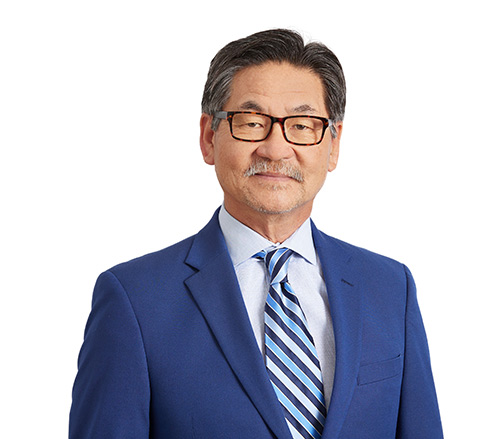Golfers Elbow
Schedule AppointmentMedial epicondylitis of the elbow is better than as golfer’s elbow. This is not as common as tennis elbow (lateral epicondylitis) but is very similar in nature. Golfer’s elbow is believed to result from a repetitive or overuse of the flexor-pronator muscle group. These muscles attach to the inside of the elbow and are subject to stresses that can cause inflammation. As the name implies, it is common amongst golfers and other sports especially with those that involve throwing.
Symptoms of golfer’s elbow include pain and tenderness to the inside of the elbow with extension into the forearm region. Turning the palm upward or a squeezing type maneuever may cause increasing pain.
The cause of golfer’s elbow, as previously described is from excessive forces that occur with flexing the wrist. It can result from sports, work, or recreational activities.
The diagnosis of golfer’s elbow is made by physical examination. An x-ray may be ordered to rule out any bony abnormalities or significant arthritic changes.
Treatment for golfer’s elbow includes activity modification, rest, ice, the use of anti-inflammatory medication (NSAID), physical therapy, and corticosteroid injections.
A brace may also be prescribed to remove the repetitive strain to this area.
A large majority of patients improve with non-surgical care. For those who have had symptoms for more than 6 months despite trying the above referenced treatments, surgery may be an option. Several different surgical techniques have been described. In general, a release of the flexor tendon and debridement of the inflamed tissue is most the common procedure.

